A new, V6-powered Ferrari Dino sports car is due to launch in 2018.
Visual proof that Ferrari was working on a new vehicle to carry the Dino name came earlier this year, when the first test mules were spotted. Ferrari chief Sergio Marchionne revealed to Autocar earlier this year that it was “not a question of if but when” the Dino would return.
Our spy photographer said the early test mule, which was based on a Ferrari 458 Italia, had an engine note completely different from that of both the naturally aspirated 4.5-litre V8 in the 458 Italia and the turbocharged 3.9-litre V8 of the 488 GTB that was following the car in convoy.
The 458 Italia’s central exhaust system was also missing. Instead, there were two empty holes cut into the rear bumper just above the diffuser. The mule likely had an exhaust system that exits within the confines of the engine bay and original bumper, hinting at the fitment of a different, shorter powertrain.
It was noted that the sound was more akin to that of the twin-turbocharged 3.0-litre V6 that’s been testing in the Alfa Romeo Giulia Quadrifoglio Verde. This 503bhp engine has been developed by Ferrari and is understood to be the basis for the engine destined for the new Dino.
When speaking about the Dino's return, Marchionne also confirmed to Autocar that work on the V6 engine was ongoing at Ferrari and that the reception to it had been “positive”.
Further clues as to the model’s identity came from the 'cut and shut' nature of the bodywork. The rear body was different to that of the 458 Italia, with the Dino mule sporting shorter doors and a shorter rear section to those of the 458 Italia, along with larger and different-shaped side air intakes to provide cooling to the engine. There also appeared to be changes to the rear wheel arches, suggesting a different engine mounted underneath.
The mule was spotted in Germany rather than near Ferrari’s Maranello headquarters. The red-on-white numberplate is used for pre-production prototypes in Germany, and the 'HN' on this plate suggests that the mule comes from the town of Heilbronn, which is close to the headquarters of engineering and electronics specialist Bosch.
Ferrari and Bosch are understood to work together on advanced engineering and software projects, and this prototype indicates that Bosch is involved in the development of the V6 running gear for the new Dino.
Ferrari has recently posted a whole host of new technology patents, which could relate to the engine of its forthcoming £150,000 Dino sports car.

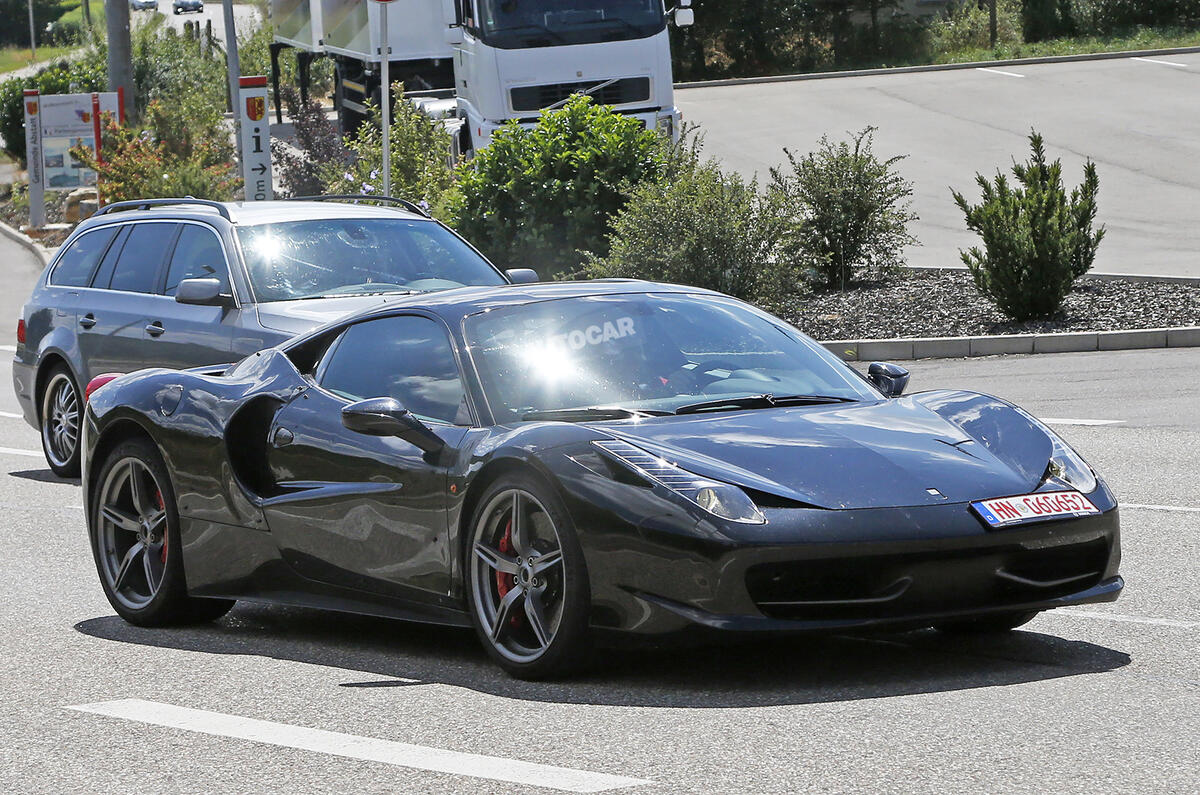
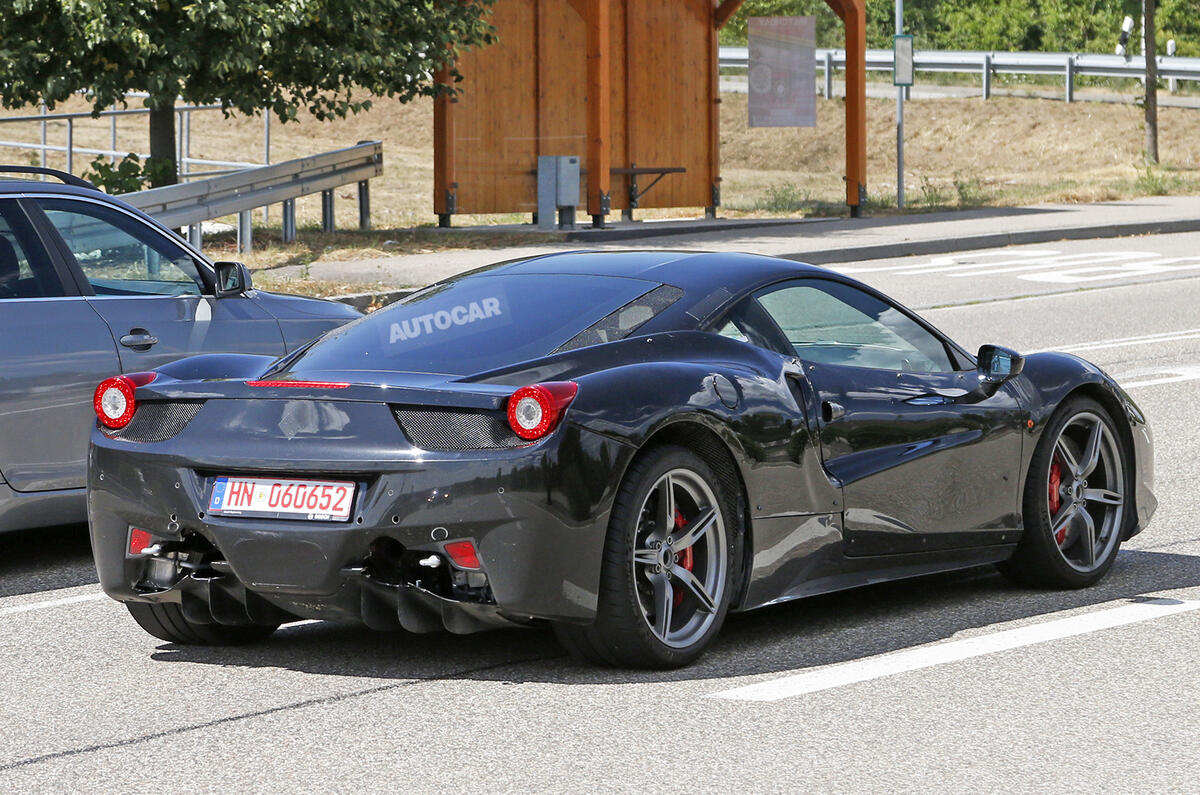
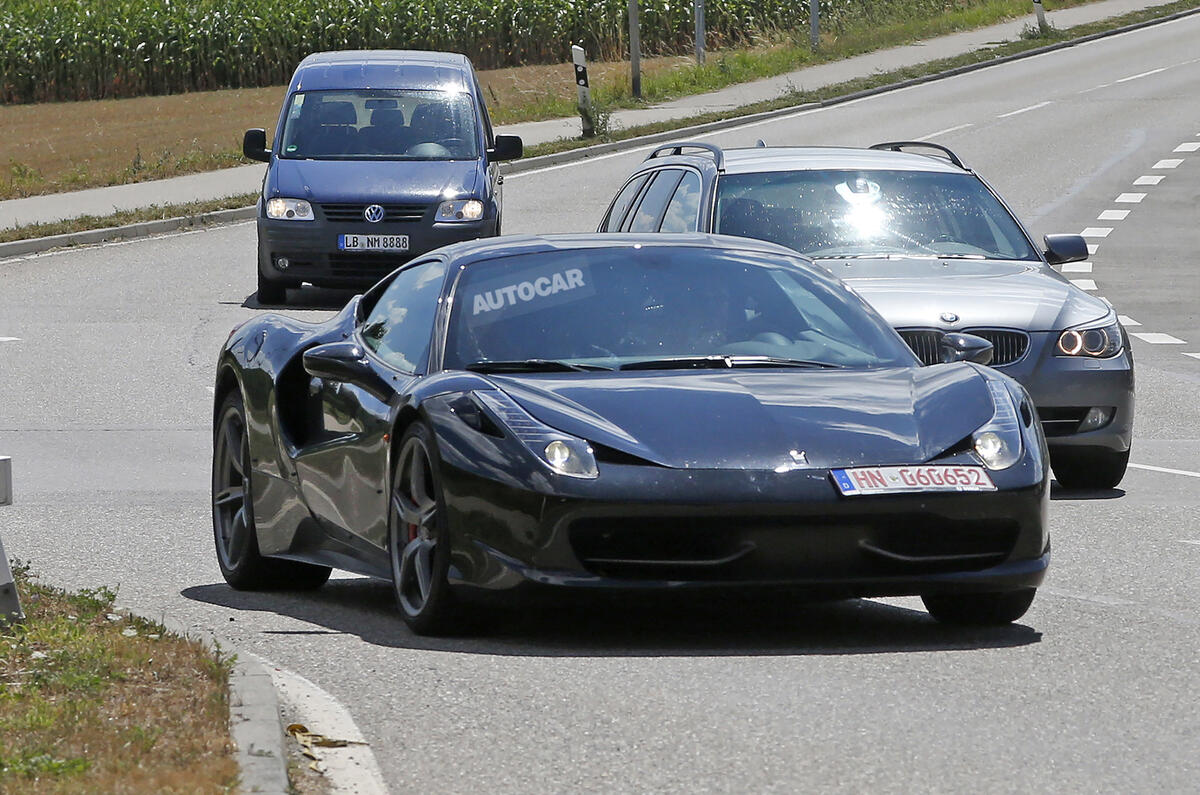

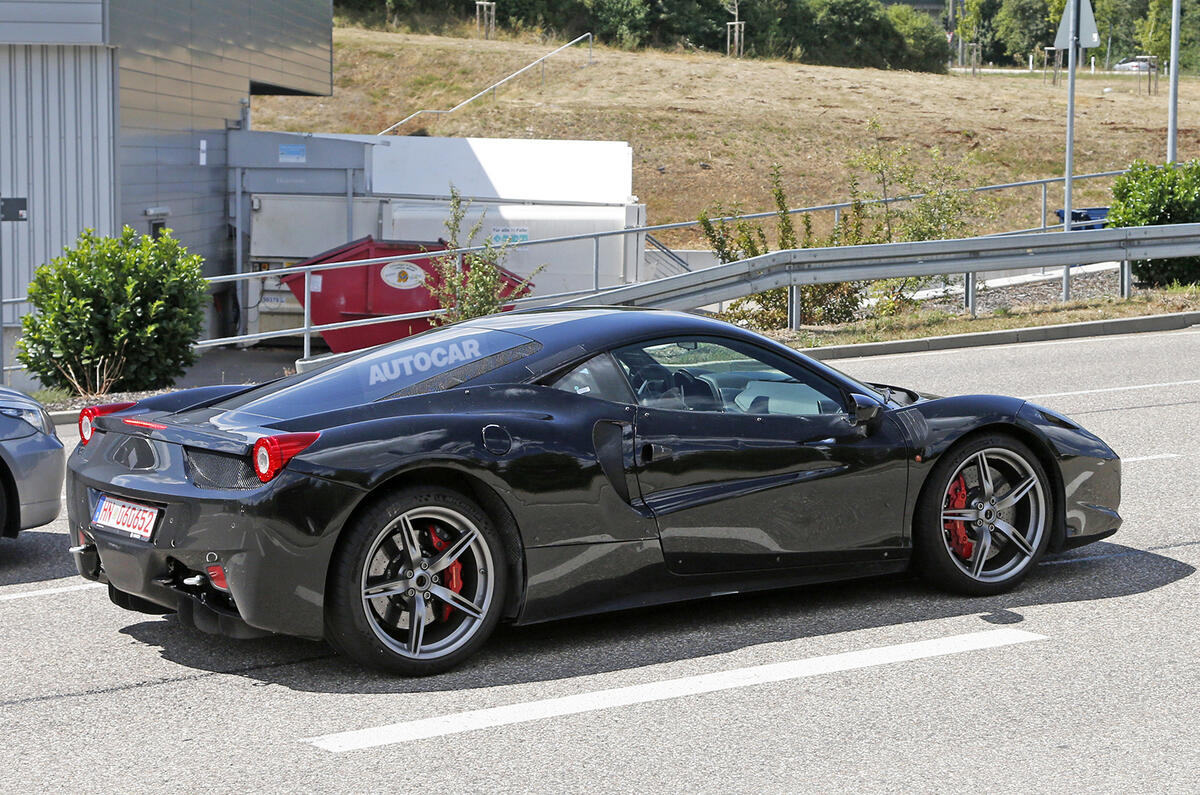
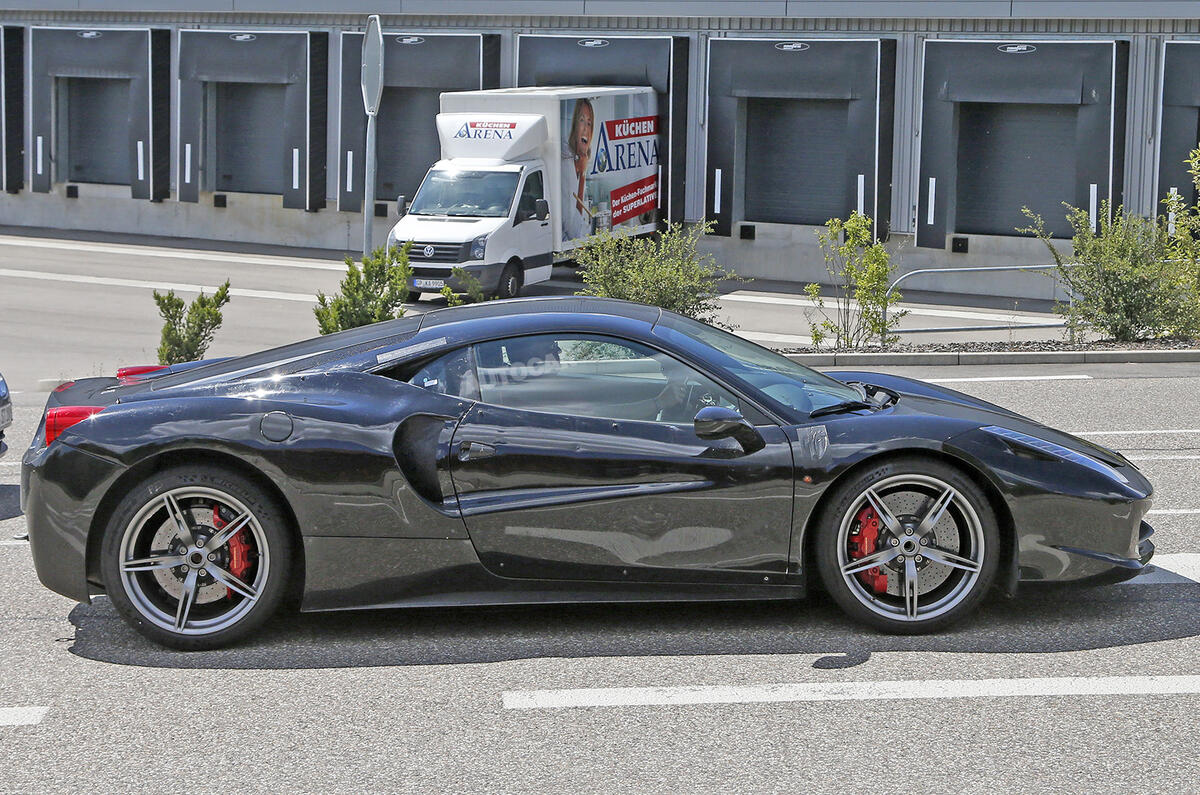
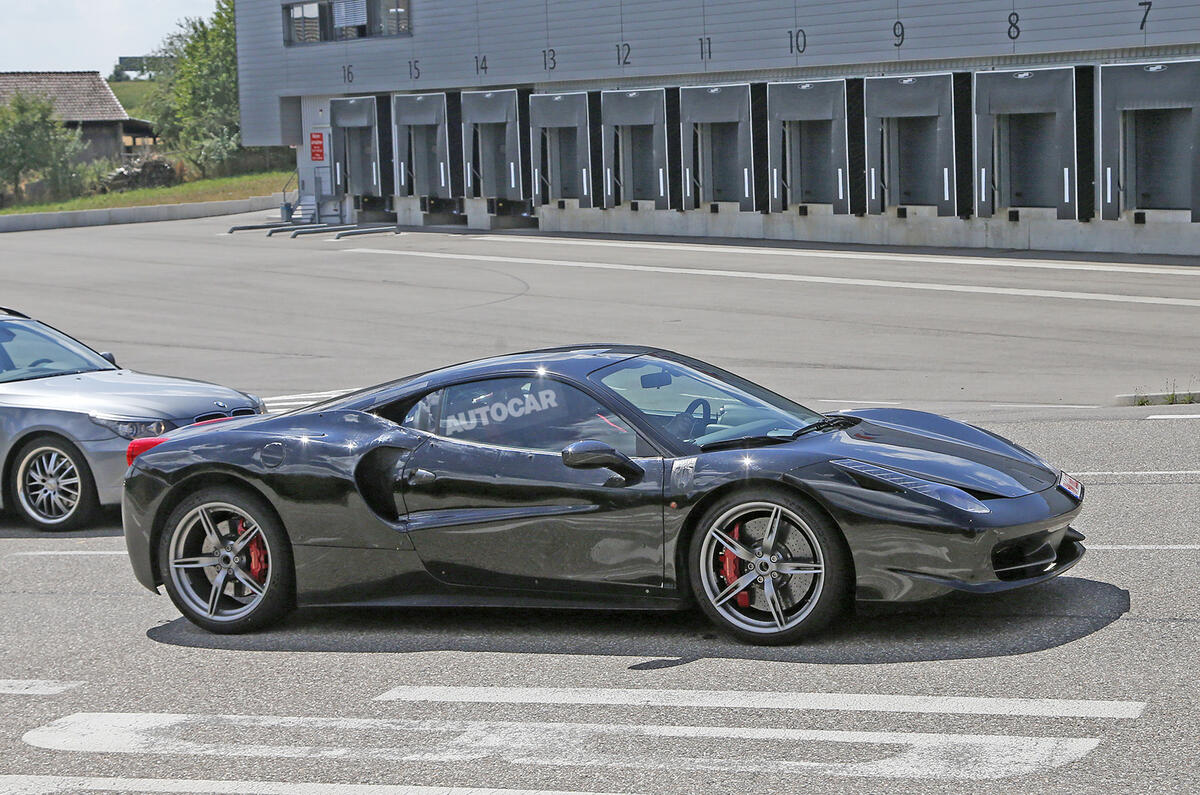
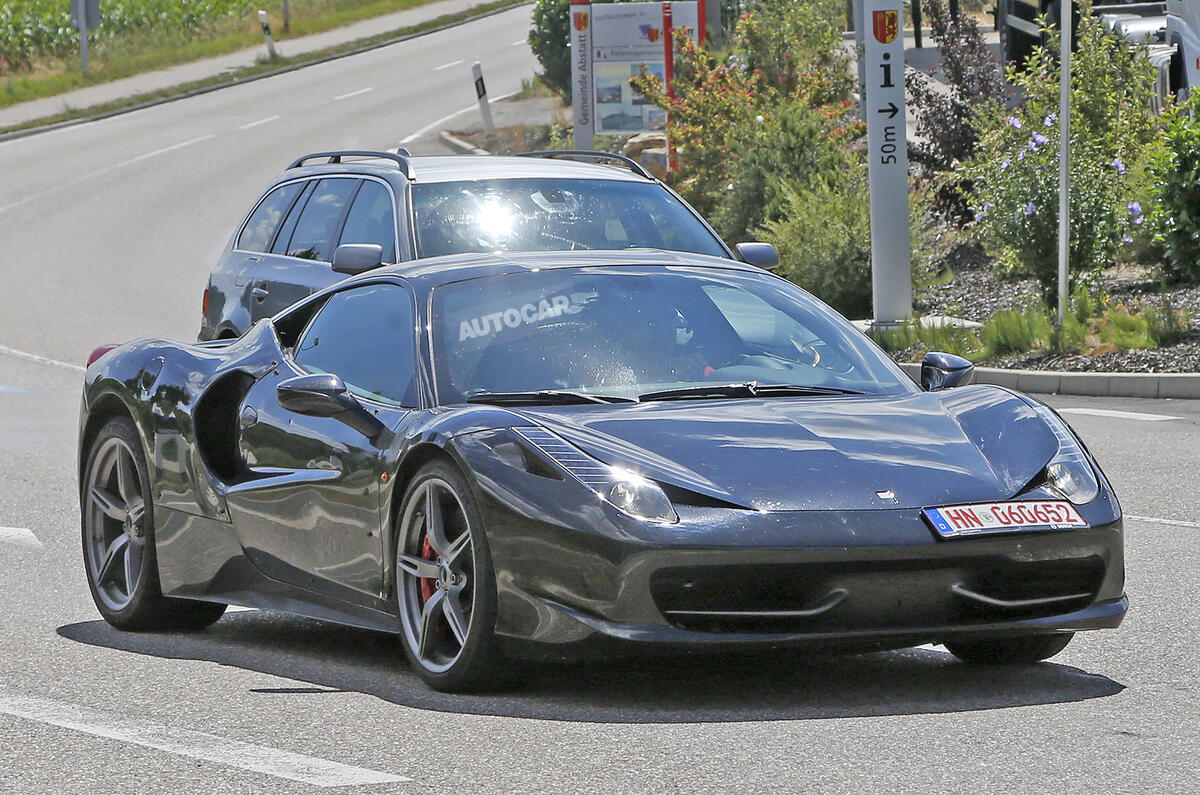

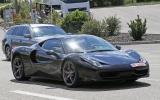
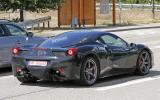
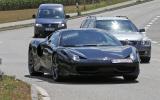
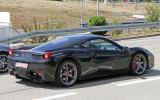
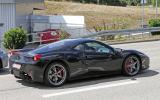

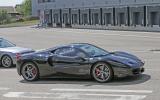
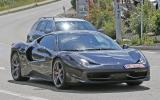








Join the debate
Add your comment
New 8C?
I think, based on announcements from FCA, this should be the new inappropriately named Alfa Romeo 8C, with the Quadrifoglio engine plus hybrid power. Not a Ferrari or a Dino or a Maserati.
If Ferrari are not careful
Numbers